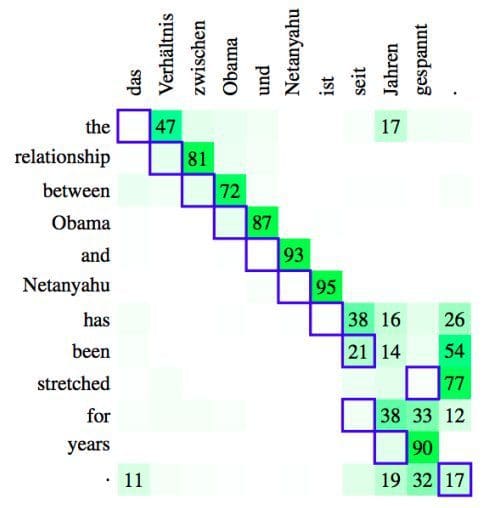Learn Neural Networks for Natural Language Processing Now
(This article originally appeared on KDNuggets.com here. For more, visit https://www.kdnuggets.com/)
Still haven't come across enough quality contemporary natural language processing resources? Here is yet another freely-accessible offering from a top-notch university that might help quench your thirst for learning materials.
There are all sorts of options for learning modern natural language processing, notably those options with neural networks techniques. For example, there is freely-available course material from world class universities such as Stanford's Natural Language Processing with Deep Learning, among others. There are also courses, paid and otherwise, from independent non-university sources such as Coursera and fast.ai. There is a wide variety of quality books that have been published over the recent few years which are topical and up-to-date.
Today, if you want to learn modern natural language processing techniques, there is no excuse for not doing so.
Should none of the aforementioned resources not be to your liking, check out Neural Networks for NLP, a very recent offering from the Language Technologies Institute at Carnegie Mellon University. Taught by Graham Neubig, with co-instructor Pengfei Liu, this course sets the stage for itself as such:
Neural networks provide powerful new tools for modeling language, and have been used both to improve the state-of-the-art in a number of tasks and to tackle new problems that were not easy in the past. This class will start with a brief overview of neural networks, then spend the majority of the class demonstrating how to apply neural networks to natural language problems. Each section will introduce a particular problem or phenomenon in natural language, describe why it is difficult to model, and demonstrate several models that were designed to tackle this problem. In the process of doing so, the class will cover different techniques that are useful in creating neural network models, including handling variably sized and structured sentences, efficient handling of large data, semi-supervised and unsupervised learning, structured prediction, and multilingual modeling.
Available resources includes videos, slides, readings, projects, assignments, code.
You can find a direct link to the course lecture videos here.

Image credit: CMU Neural Networks for Natural Language Processing Attention slides
Browsing the class schedule will give you an idea of what to expect from the course.
Looking for introductory concepts such as neural networks basics? This course has got you covered.
Looking for neural networks training tips and tricks? Again, covered.
Want to cover modern breakthrough concepts such as contextual word representations, sequence to sequence models, adversarial methods for text, and attention? You've come to the right place.
This course is actually running right now, and so is very up-to-date. As of the time of this writing, the course has only a single class left, however, and so now is a great time to start learning from freely-available notes, videos, codes, and more. As COVID has impacted learning, this course was actually designed to be taught asynchronously at a distance, and so the materials are optimized for others, like you, to use remotely.
It should be mentioned that while access to much of the material is freely-available to non-students, there are no credentials offered for non-students who decide to learn from it. This is stated explicitly in case it is not obvious to the reader.

Image credit: CMU Neural Networks for Natural Language Processing Attention slides
Click on the link to the class and check out its description, class schedule, and the video playlist, and see if the CMU Neural Networks for NLP class if the one you've been waiting for to learn contemporary NLP. Don't let these valuable, and freely-available resources slip past you.
Stay in the loop.
Subscribe to our newsletter for a weekly update on the latest podcast, news, events, and jobs postings.




